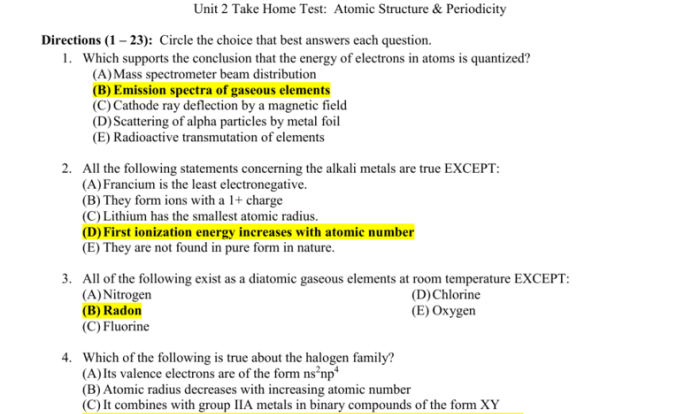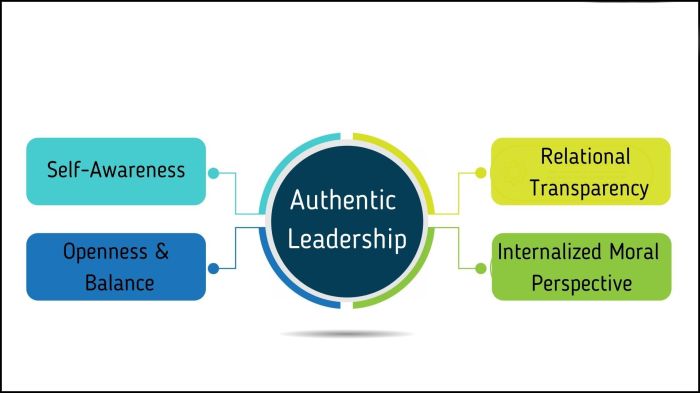The end of topic test form a answer key plays a pivotal role in evaluating student comprehension and guiding instructional decisions. This comprehensive guide delves into the significance of answer keys, explores various test types, and provides practical strategies for designing, scoring, and utilizing end-of-topic tests to maximize student learning.
Topic Overview
End-of-topic tests are designed to assess student understanding of a particular topic or unit of study. They provide educators with valuable insights into student progress and areas where further instruction or support may be needed.
Answer keys are essential tools for evaluating student responses and providing accurate feedback. They ensure consistency in grading and help identify common misconceptions or misunderstandings among students.
Role of Answer Keys
- Provide correct answers for each question, allowing educators to assess student understanding accurately.
- Facilitate efficient grading, ensuring fairness and consistency in the evaluation process.
- Identify common errors or misconceptions, enabling educators to address areas where students may need additional support.
- Allow for transparency in the assessment process, as students can compare their responses to the answer key to understand their strengths and weaknesses.
Types of End-of-Topic Tests

End-of-topic tests are assessments administered at the conclusion of a topic or unit to evaluate student learning. They come in various formats, each with unique advantages and disadvantages.
Multiple-Choice Questions
Multiple-choice questions present students with a stem (question) and several options (answers). Students select the option they believe is correct. These questions are:
- Objective:Allow for efficient testing of factual knowledge and basic understanding.
- Advantage:Easy to score, provide a wide range of options for students.
- Disadvantage:May not assess higher-order thinking skills, can be prone to guessing.
Short Answer Questions
Short answer questions require students to provide brief, concise responses to questions. These questions are:
- Objective:Assess students’ ability to recall and apply information.
- Advantage:Encourage students to think critically, provide flexibility in responses.
- Disadvantage:Can be time-consuming to score, may not assess higher-order thinking skills.
Essay Questions
Essay questions require students to provide extended written responses to questions. These questions are:
- Objective:Assess students’ ability to analyze, synthesize, and evaluate information.
- Advantage:Allow students to demonstrate higher-order thinking skills, provide flexibility in responses.
- Disadvantage:Can be time-consuming to score, may be difficult to assess objectively.
Designing an Effective Answer Key

Creating a clear and comprehensive answer key is crucial for assessing student understanding and providing feedback. An effective answer key should provide:
Guidelines for Creating an Answer Key
- Clarity:Answers should be unambiguous and easy to understand.
- Comprehensiveness:The answer key should cover all questions on the test.
- Consistency:The format and level of detail should be consistent throughout the answer key.
- Accuracy:Answers should be checked for accuracy before being released to students.
Importance of Providing Explanations
Providing detailed explanations for both correct and incorrect answers is essential for student learning. Explanations help students:
- Identify the rationale behind correct answers.
- Understand why their incorrect answers were incorrect.
- Learn from their mistakes and improve their understanding of the material.
Using HTML Table Tags
HTML table tags can be used to structure the answer key in a clear and organized way. The following code shows an example of an HTML table for an answer key:
| Question | Answer | Explanation |
|---|---|---|
| 1. What is the capital of France? | Paris | Paris is the capital of France and the largest city in the country. |
| 2. What is the chemical symbol for gold? | Au | Au is the chemical symbol for gold, which is a precious metal. |
This table provides a clear and organized structure for the answer key, making it easy for students to find the answers they need.
Scoring and Analysis
Scoring and analyzing end-of-topic tests are crucial steps in assessing student learning and providing feedback. These processes help educators identify areas where students excel and where they need additional support.
Methods for Scoring
- Objective Scoring:Assigning points based on predefined criteria, such as multiple-choice or true/false questions.
- Subjective Scoring:Evaluating open-ended questions or essays based on factors such as accuracy, completeness, and organization.
- Partial Credit Scoring:Awarding partial points for partially correct answers, allowing for more nuanced assessment.
Using Answer Keys, End of topic test form a answer key
Answer keys provide a reference for scoring and identifying student strengths and weaknesses. By comparing student responses to the correct answers, educators can pinpoint areas where students have mastered the material and where they require further instruction.
Statistical Analysis
Statistical analysis of test results can provide valuable insights into student performance. Measures such as mean, median, and standard deviation can help identify overall trends and variability. Additionally, item analysis can reveal the difficulty and discrimination of individual test items, informing future test design.
Communicating Results to Students: End Of Topic Test Form A Answer Key
Communicating test results to students effectively is crucial for their academic growth and motivation. This involves sharing the results clearly, providing constructive feedback, and offering support to help them improve.
It’s important to ensure that students understand their results and how they can use them to improve their performance. This can be done by providing detailed explanations of the test questions and highlighting areas where they excelled and areas where they need improvement.
Feedback and Support
Feedback is essential for students to understand their strengths and weaknesses and identify areas for improvement. Feedback should be specific, actionable, and timely. It should focus on the student’s performance rather than their personal attributes.
Support can be provided through various means, such as tutoring, extra practice materials, or study groups. By offering support, teachers can help students overcome challenges and achieve their academic goals.
Effective communication of test results helps students understand their progress, set realistic goals, and develop strategies for improvement.
Using End-of-Topic Tests for Improvement
End-of-topic tests serve as valuable assessment tools not only for evaluating student learning but also for identifying areas where improvement is needed. By analyzing test results, educators can gain insights into students’ strengths and weaknesses, which can then be used to modify lesson plans and provide additional support.
Informing Instruction
End-of-topic tests provide educators with a comprehensive overview of student understanding. By identifying topics where students have excelled or struggled, teachers can adjust their instruction accordingly. For instance, if a test reveals that students are struggling with a particular concept, the teacher can revisit that concept, provide additional examples, or offer targeted support.
Providing Additional Support
Test results can also help educators identify students who need additional support. By analyzing student responses, teachers can determine which students have gaps in their knowledge or skills. This information can then be used to develop individualized support plans, such as providing extra tutoring, assigning specific assignments, or offering small group instruction.
Table: Benefits of Using End-of-Topic Tests for Improvement
| Benefit | Description |
|---|---|
| Informs Instruction | Helps educators identify areas where students need additional support or where instruction needs to be modified. |
| Provides Additional Support | Helps educators identify students who need individualized support plans. |
| Improves Student Learning | By providing timely feedback and identifying areas for improvement, end-of-topic tests ultimately contribute to improved student learning. |
Top FAQs
What is the purpose of an end-of-topic test answer key?
An answer key provides correct responses to test questions, enabling educators to assess student understanding, identify areas for improvement, and communicate results.
What types of end-of-topic tests are commonly used?
Common end-of-topic test types include multiple-choice, short answer, and essay questions, each with its own advantages and disadvantages.
How can I create an effective answer key?
To create an effective answer key, provide clear and detailed explanations for both correct and incorrect answers, and use html table tags for structured presentation.




